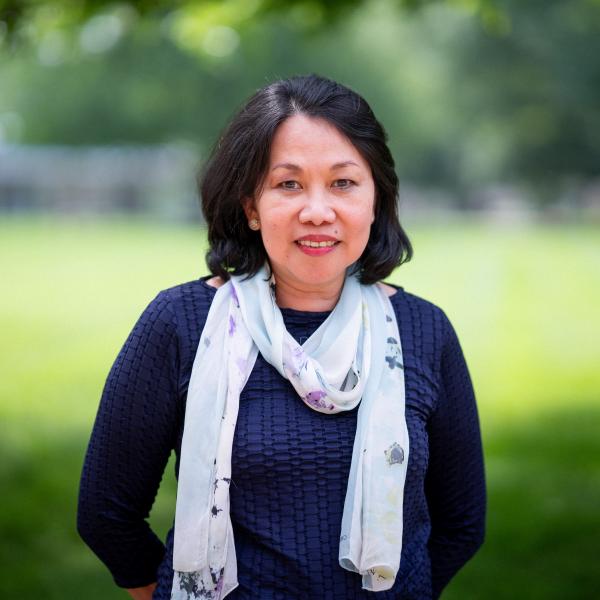
Ron Naaman of the Weizmann Institute of Science will give this year's Weissman Lectures. On October 31, Naaman will deliver a public lecture on "Chiral Molecules and Electron Spin" at 4 p.m. in Wrighton 300. A chemistry-specific talk, "The Chiral Induced Spin Selectivity Effect," will follow on November 1.
Born in Israel, Naaman earned his BSc in 1973 from Ben-Gurion University of the Negev and his PhD in 1978 from the Weizmann Institute of Science. He worked as a postdoctoral researcher at Stanford University in California, then he spent a year in the Department of Chemistry at Harvard University. In 1981, Naaman joined the Weizmann Institute. From 1989-1995, he chaired the Institute’s Chemical Services Unit, and from 1995-2000 he headed the Department of Chemical Physics. From 2008-2010, Naaman was the Chair of the Scientific Council at the Institute. Naaman is a fellow of the American Physical Society and has received several prestigious awards, including the Kolthof Award from the Technion Israel in 2014 and the Israel Chemical Society Prize for Excellent Scientist in 2018.
Naaman's research offers a new perspective on the functional electronic properties of chiral molecules and systems. Traditionally, chemists have investigated the chirality of molecules with the main aim of understanding their synthesis and revealing their structural properties. In addition, intensive research has been conducted on the separation of chiral molecules into their enantiomers.
Naaman and his research group discovered a new phenomenon called the chiral induced spin selectivity (CISS) effect, in which electron transport though chiral molecules is spin dependent and preferred spin depends on the handedness of the molecule and the velocity of the electron. The CISS effect has a wide range of applications and implications, such as obtaining new insights on the mechanism of long-range and dissipation-less electron transfer processes in biology, controlling applications of multiple-electron redox reactions in spintronics, producing hydrogen more efficiently in photo-electrochemical splitting of water, and developing more efficient organic based light emitting diodes (OLED) and other photovoltaic elements.
The work of the Naaman group combines research into the basic principles that underpin the CISS effect and applications that result from them, including a new type of magnetic memory and, more recently, the development of new method for enantio-separation of chiral molecules, which differs substantially from what was known. Over the years, Naaman has investigated the new electronic properties that emerge when organic molecules are interacting among themselves or interacting with an inorganic substrate.
This lecture series honors Samuel I. Weissman, a WashU faculty member from 1946 until his death in 2007. Weissman was recruited to Los Alamos in 1943, where he worked on the Manhattan project that ultimately led to the construction of the first two atomic bombs, an accomplishment for which he had mixed feelings and that had a monumental effect on his life. He was elected to the American Academy of Arts and Sciences in 1963 and to the US National Academy of Sciences in 1966. He was beloved by his colleagues and students, and remained a fundamental scientist to the end, conducting creative research until virtually his last days at the age of 95.
For more information, contact Mary Stewart at marystewart@wustl.edu or 314-935-6593.




